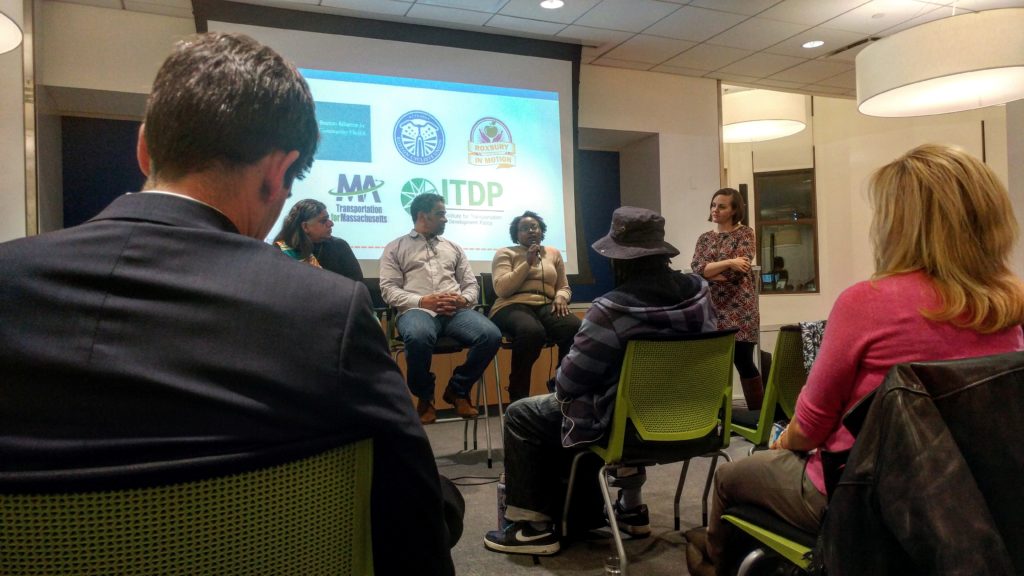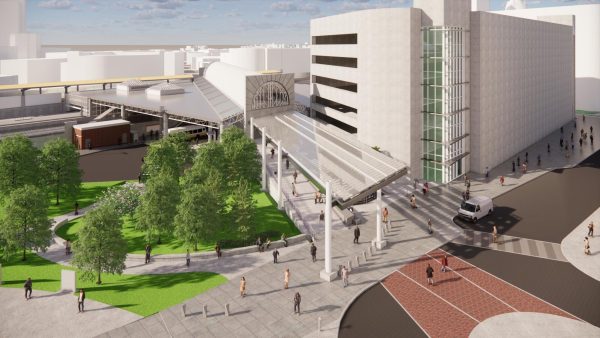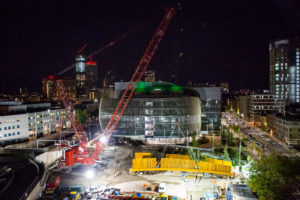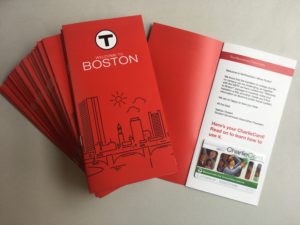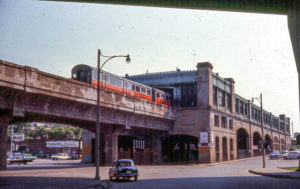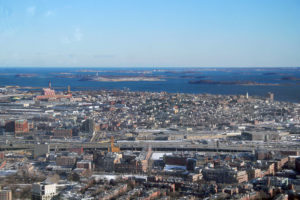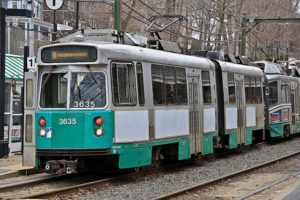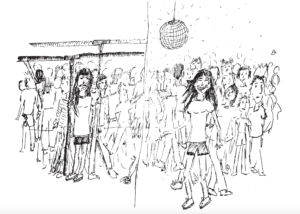Systemic Inequality Threatens Boston’s Transit System
November 1, 2018
By Jolaade Okanlawon, news correspondent
Panelists discussed systemic inequality and racism in Boston’s streets and local transportation system at the Roxbury Innovation Center Oct. 25.
The event, “Broken Buses and Incomplete Streets: Addressing Inequity in our Transportation System,” was put on by the LivableStreets Alliance. Stacy Thompson, the group’s executive director, said she organized the event to bring a coalition together in order to break down the invisible barriers blocking an equitable system for Boston.
“The idea behind our work is that we look at streets and transportation and try to make them work for everyone in a way that creates access and opportunity for all,” she said.
The event featured speakers who shared their own personal anecdotes on fighting the systemic inequities in Metro Boston’s transit system as well as what the residents of Boston can learn from their global counterparts.
Rehana Moosajee, the owner of a Johannesburg, South Africa company called The Barefoot Facilitators , made a parallel between her hometown and Boston by describing the inequality in the transportation system she witnessed in the late 1970s.
“The transportation in Johannesburg was really used to divide communities,” she said. “As a young university student, you’re told you can’t get onto this bus… your skin color is not right, that would be a bus driver who would have the right to decide.”
Julian Agyeman, professor of Urban and Environmental Policy and Planning at Tufts University, introduced the concept of spatial injustice in the streets of America. Spatial injustice is the idea that the organization of space is a vital dimension of human societies, reflecting social facts while also influencing social relations. Not only does it divide social justice and space but it also applies a focused emphasis on the geographical aspects of justice and injustice.
“Spatial injustice is part of the American way. We have spatial injustice running through the city. It is one of the greatest inequalities that we have,” Agyeman said.
Agyeman compared Massachusetts Avenue in Boston to Sodra Vagen street in Gothenburg, Sweden. From his analysis, he concluded that the streets were identical by width but differently organized. Compared to America, Sweden took into consideration how the organization of space influences social relations on their streets.
“In Sweden, your right to that space is governed by a fence, it is the only part of the street you can drive on. Whereas on Mass. Ave the size of your vehicle determines your right to space. The bigger the vehicle the more rights you have” he said. “Swedes have democratized their streets.”
An American child is forced to see how parents have to negotiate when it comes to crossing the street, whereas in Sweden this dilemma is nonexistent. Spatial justice is absorbed, acknowledged and relevant.
Allentza Michel, the founder and principal of Power Pathways, an urban planning consultancy, discussed the history and organization of transit in Boston.
“Boston is really a city of many firsts,” she said. “We have some of the first transit systems and it’s not just the subway. The first actual public transit system in Boston was a ferry which was established a year after the settlers arrived in 1630 and the idea was folks wanted to have access to and from Chelsea which then was called Winnisimmet and it was the first public chartered transportation system in the established world country.”
Michel also explained why the MBTA train lines are colored the way they are. The Orange Line originally ran under a street called Orange Street but was eventually changed to Washington Street. The Red Line originally ended at Harvard, reflecting the colors of the institution, before it extended to Alewife. The Green Line follows the Emerald Necklace and the Blue Line was the first subway system to travel underwater. However, the most surprising fact was the origin of the Silver Line since it fails to live up to the expectations that were set.
“When the Silver Line was first established as a service line equal or better to what was then the elevated train that ran along Washington Street from Dudley SQ to Downtown, the proposal for the Silver Line was that it would run as fast as a Silver Bullet. However, up until now, the Silver Line is nowhere close to living up to its name,” said Michel.
Michel said a new fare collection system is planned to launch in mid-2020, enabling the MBTA to change fare policies that many commuters of color have strongly advocated for.
“We have an ongoing fight for equitable fares that is happening here around public transit,” she said. “It’s a fight that’s been ongoing for many years and even now as the MBTA is about to embark on a new fare system, we want to make sure those fares are going to be equitable for all.”
As a spectator, Kirstie Hostetter, a 24-year-old public transit consultant, expressed her opinion her take on the event.
“I thought it was really informative and engaging and I liked that the speakers tended to focus on a passion for action,” she said.
Hostetter decided to stop by the event since she is currently interested in the public transportation aspect of environmental sustainability and is new in Boston, trying to get more involved.
Allentza expressed this event was essential for Boston residents as a whole because there is a lack of knowledge that is present. “I don’t think a lot of people know about the history of transit in Boston and even more so how organizing has such a big part of that history” she said.


